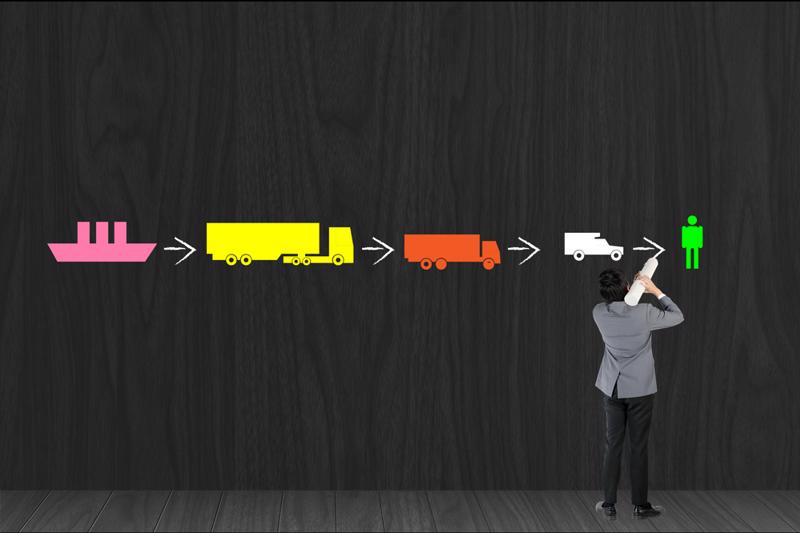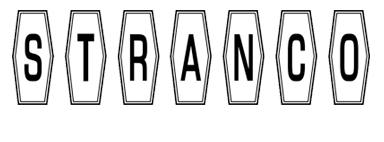The barcode labeling industry has undergone many changes in recent years due to emerging technologies and specific regulations. In the past, labeling consistency and supplier input in the labeling process have been significant trends shaping the future of the business sector, according to Packaging Digest. As global industries evolve and grow, there are new trends impacting the future of the barcode labeling business sector.
Loftware, a global provider for enterprise labeling solutions, recently released its third annual "Enterprise Labeling Trends Survey," which highlights this year's top trends in the global barcode labeling industry. Polling more than 600 supply chain professionals in 32 countries across the world, this survey showcases the most influential movements, trends and future of the industry as a whole.
Trend 1: Is labeling bring the entire supply chain together?
One major trend centers on the fact that as the global manufacturing and industries become increasingly complicated and layered, the need for regulated and durable barcode labels become more apparent with each passing day. According to the survey's results, 90 percent of supply chain workers state that barcode labeling is more important than ever. Additionally, 63 percent believe that even more professionals will play a role in the labeling process in the next few years.

At every step in the manufacturing and distribution processes, barcode labels play a unique and important role in inventory management and quality control. They let each supply chain participant scan and access essential product information, allowing for greater viability across multiple organizations.
Through using long-lasting barcode labels, warehouse workers can have access to the same data that retail workers can with the simple scan of a barcode reader. Manufacturers and distributors across the world are experiencing fewer product losses and less customer discontent due to mismanaged or mishandled products, as problem areas can be quickly identified.
Trend 2: Is there more emphasis placed on emerging standards and regulations?
Nearly all of those surveyed – 99 percent – stated that labeling regulations and standards will grow in importance in the next three years. Approximately 41 percent even believe that failure to comply with federal or global labeling standards will cause enterprises to lose business. In an effort to protect consumers, governments around the world are creating more labeling requirements for a variety of sectors, from food manufacturing to pharmaceutical production to improve consumer safety, health and satisfaction.
Unique Device Identification and the Food Safety Modernization Act are just a couple of the many regulations enacted by federal legislators as a way to protect consumers. To remain compliant with emerging standards, manufacturers must remain diligent in following industry trends and changes. Using durable, compliant labels to protect the integrity of their products is just one of the many ways organizations are adhering to this latest industry trend.
"Around 60 percent of respondents intend to purchase color printers."
Trend 3: Is the desire for color labeling rising?
An estimated 60 percent of respondents stated that they intend to purchase more color printers in the coming year, with 57 percent saying that branding is the main factor for introducing color labeling into their supply chain process, according to the survey. In the food and beverage manufacturing industry, color association with select brands is becoming increasingly common to help consumers easily identify products in an increasingly crowded marketplace. With ample choices, color labeling allows manufacturers to indicate sizes, variations and specific brands with ease.
While product branding is essential for boosting sales, manufacturers are also turning to color labeling to meet evolving industry standardization. For example, in the chemical manufacturing industry, the Globally Harmonized System of Classification and Labeling of Chemicals mandates the use of certain colors to convey critical safety information and potential hazards, Parcel Industry magazine explained.
Trend 4: Are consumers dictating future for labeling requirements?
In this industry trend, the survey discovered that 98 percent of supply chain professionals found that customer requirements are growing in importance each year. Meanwhile, 60 percent said that failing to meet consumer-specific labeling standards can limit future business opportunities. What this means, is that customers are increasingly demanding that certain manufacturers and vendors employ the use of various labeling techniques and technologies.
When businesses fail to meet these customer mandates, they face consumer dissatisfaction and loss of business to their competitors that may have listened to their customers' demands. Overall, in a consumer-driven economy, manufacturers that adhere to customer needs, along with various industry trends and federal regulations, will be more profitable over time.
At Stranco, we understand that your enterprises faces various regulations and consumer requirements, which is why we offer fully customizable thermal transfer barcode labels to meet your unique labeling applications. Contact us today to learn more about our products, services and commitment to excellence.

